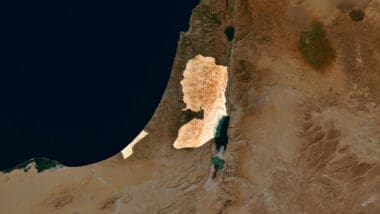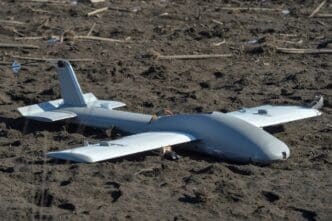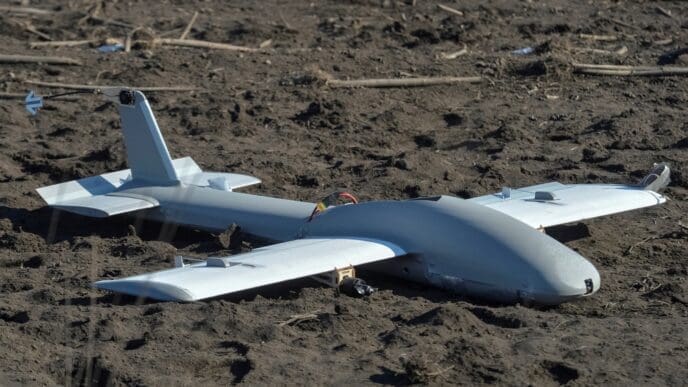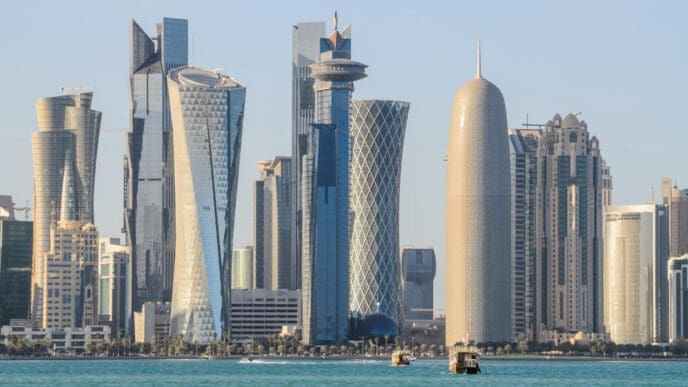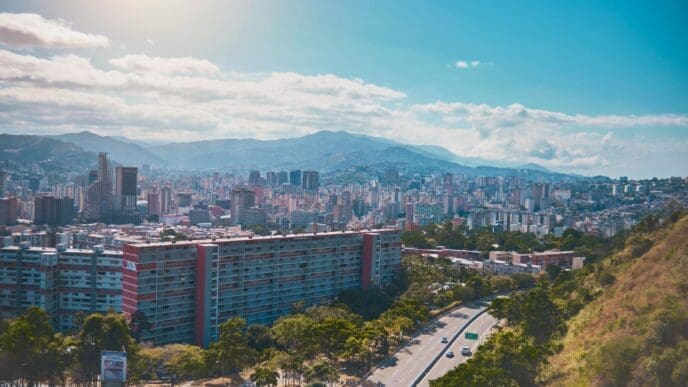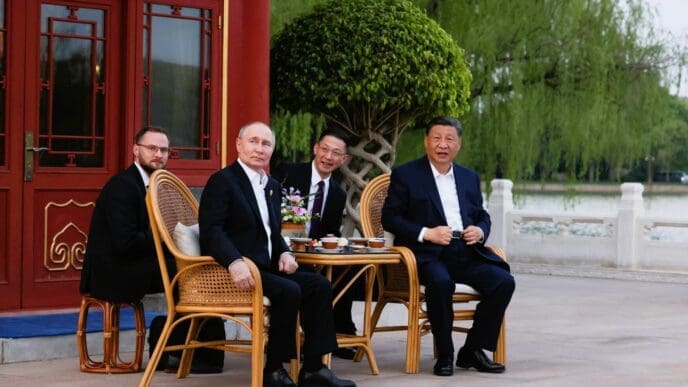Two weeks following the ceasefire between Hamas and Israel, substantial aid is pouring into Gaza, offering relief to an area battered by 15 months of conflict. The truce has led to an arrangement where Israel agreed to permit 600 aid trucks a day into Gaza, a notable increase aimed at alleviating the widespread hunger and displacement in the region. However, questions remain about the equitable distribution of this assistance and the persistent challenges in ensuring it reaches those in need.
Since the ceasefire took effect, Israel has allowed an estimated 4,200 trucks weekly, boosting the delivery of aid resources into Gaza. The primary obstacle remains the damaged infrastructure and strict inspections, which have been a hurdle for humanitarian groups working in the area. The distribution of aid is further complicated by concerns over unexploded ordnance and logistical challenges within the heavily impacted regions.
Samir Abu Holi, overseeing food distribution in Jabaliya, expressed the ongoing struggles despite some progress: “I have over 10 children. All of them need milk and food. Before the ceasefire, we provided food with difficulty. Today, there is some relief.” Yet, the relief has not been universal. Many residents report difficulties accessing vital supplies, with complaints about essential goods being scarce while non-essentials flood the market.
The World Food Program indicated a significant increase in food distribution within the first four days of the ceasefire compared to monthly averages during the war. Aid organizations are not only delivering basic foods but are also setting up bakeries and distributing fortified biscuits to support nutrition. However, challenges persist, highlighted by issues such as the reselling of aid at inflated prices and ongoing inspections that continue to delay certain types of aid.
Despite the increased flow of support, logistical hurdles due to destroyed roads and remaining unexploded bombs hinder full access to all areas. UNMAS reports a concerning number of unexploded ordnance affecting civilian safety and the safe passage of aid. Meanwhile, some areas still lack necessary infrastructure like clean water, heightening the risk of disease.
While humanitarian workers are making concerted efforts, the dependency on political will and cooperation from Israeli authorities remains a critical factor. Tania Hary from the Israeli organization Gisha pointed out that coordination with COGAT has improved under the ceasefire, facilitating smoother operations across the region. Moreover, the situation has allowed Hamas forces to help maintain order and prevent looting, enhancing aid distribution.
Some residents, like Nadine Jomaa from Bureij, lament the lack of readily available aid, forcing families to purchase overpriced goods from local markets. “We need more food, water, household items, and necessities for women,” she stated, reflecting a widespread sentiment.
There has been a noticeable scarcity of essential goods in some areas of Gaza, while luxury items appear more accessible. Ahmed Qamar from Jabaliya reported that, while his family lives in ruins, the markets are filled with chocolate and cigarettes, underlining the disparity in aid distribution.
The restrictions on materials considered of ‘dual-use,’ essential for reconstruction work, further complicate the recovery efforts. This includes delays in bringing in supplies like desalination devices and medical equipment crucial for rebuilding. Hospitals and critical facilities remain under-resourced due to these constraints. Hamas accused Israeli officials of stalling medical supplies, highlighting a persistent tension despite the ceasefire.
The influx of aid into Gaza under the current ceasefire has brought much-needed relief, yet challenges in equitable distribution and lingering infrastructural issues persist. Coordination between involved parties remains essential to ensure aid reaches its intended recipients and supports long-term recovery. As the situation evolves, maintaining the ceasefire and addressing the logistical and political barriers will be crucial to sustaining the flow of aid.

